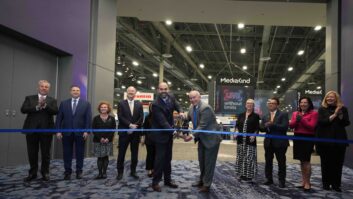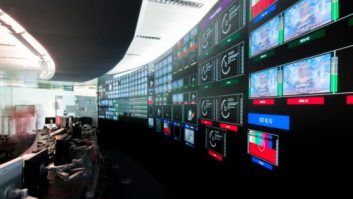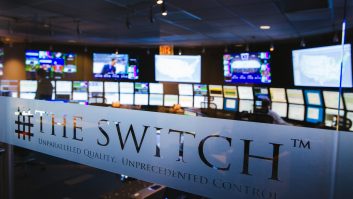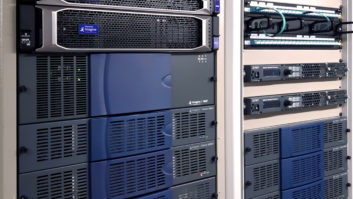
By Gavin Mann, global broadcast industry lead, Accenture
Disruption is part and parcel of the television industry, and today’s disrupters are the Hulus, Amazons and Googles of the world, offering over-the-top (OTT) services to devices of all types. They are making the viewing experience more accessible to consumers while at the same time challenging the dominance of traditional television providers for that audience. All throughout this evolution the shape of television and the viewing habits around it have changed continuously.
Television evolves
In the ‘50s, a TV was a traditional box with a cathode ray tube in the middle. It was highly formal and rigid which dictated a similar viewing experience. Folks would gather around the set to watch TV as a family during prime time. In 2014, things are no longer so black and white. Advances in miniaturisation, PCs and broadband internet have morphed television’s form factor into a malleable thing. Today television can be anything displaying video to a screen – laptops, smartphones, tablets or handheld devices – and it can come from anywhere, from a cable box to the online streaming puck that sits right beside it. A record number of devices also means a record number of potential viewers. In the 1950s, only 10 per cent of American households had TV sets. Flash forward to today where the number of addressable devices is on course to surpass the world population by 2017, according to industry estimates.
The fourth annual, multi-national ‘Accenture Digital Consumer Survey’ took a temperature reading of the market and found explosive growth in the number and variety of connected screens. Nearly all (98 per cent) respondents acknowledge owning a combination of HDTVs, tablets, laptops/desktops and mobile devices. Smartphones were the most popular item on shopping lists with 57 percent planning to buy or upgrade in the next 12 months. In total, the global installed base of addressable screens topped one billion units in 2013.
A new, connected audience arise
As television evolves into these connected viewing screens, traditional viewing habits are changing right along with it. Today’s digital consumers’ are demanding a far more personalised and customisable viewing experience.
Accenture found that nearly half (44 percent) of all survey respondents are viewing full-length movies and TV shows over the internet on a daily basis, while an additional 39 per cent are doing so weekly. Viewing is done across multiple screens with consumers sometimes starting a programme on their home TV, and then resuming it on a tablet. It’s a far more interactive experience with multiple lines of engagement. A viewer could be watching a programme on their HDTV, tweeting about the show through their tablet while intermittently playing a mobile game on a second browser window.
As consumers shift from watching short videos to full length shows and movies on their devices, they have less tolerance for a poor viewing experience. The good news for broadband providers is that consumers are willing to pay more for a better experience. According to the Accenture survey, 60 per cent of consumers streaming videos at home were willing to pay more for faster connections, while 62 per cent said they were willing pay extra for better quality so they could view videos whenever and wherever they like.
The realities of the digital landscape
This audience expanse is a mixed bag for traditional content owners and service providers. On one hand, there is the additional revenue stream that comes with charging for new services, especially to an audience demanding such services and who are willing to pay for them. On the other hand, the reality is that traditional broadcasters no longer have a monopoly on this audience. New services providers, content owners and device manufacturers are looking to stake their claim in the growing market for addressable screens before it is owned by somebody else. Services such as Netflix and Amazon are producing original content and streaming it in an OTT model that competes with the on-demand services of traditional cable providers. Flat–screen TVs are becoming app friendly which exposes a huge mass audience to disruptive software developers. Other ecosystem disruptors such as Apple, Google and Samsung are also looking to take their piece of the market by offering a seamless, end-to-end entertainment experience. They could become a major disruptive force based on popular brand sentiment and customer awareness.
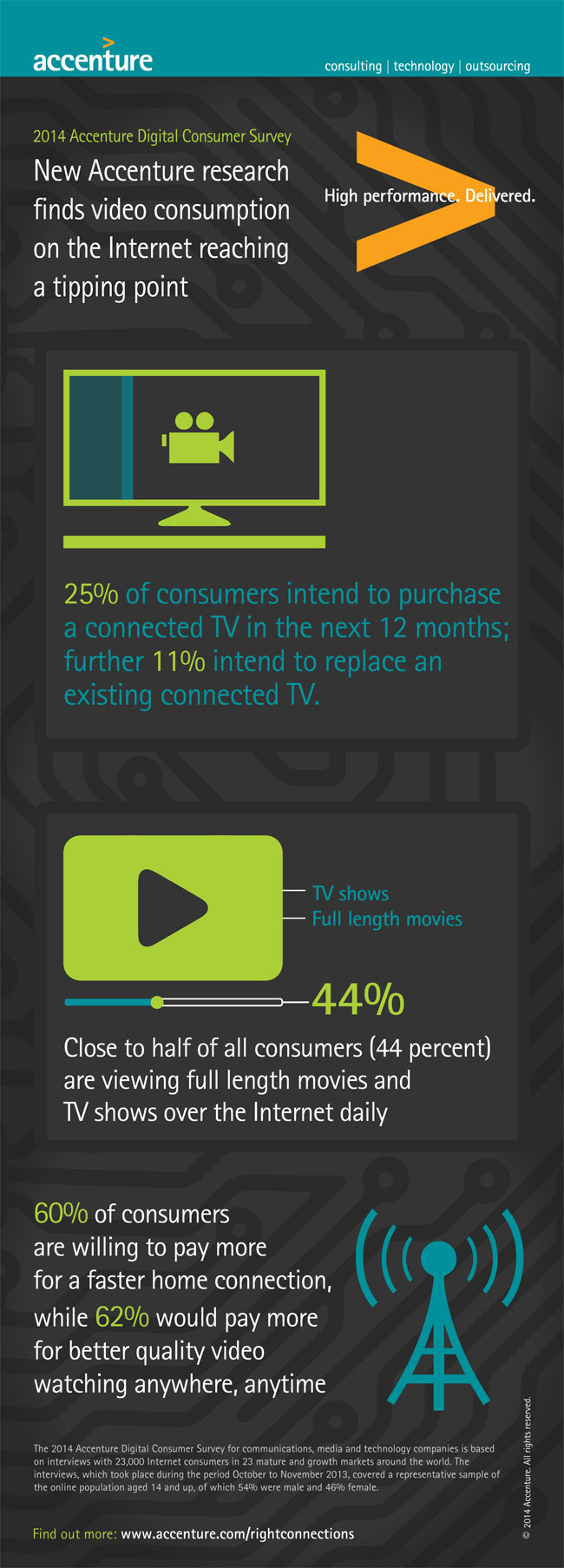
To compete in this new market, broadcasters can’t take the consumer for granted. They must move from being a content focused business to a consumer-driven one, using technology to enhance the overall experience. A key differentiator for them is the ability to create, bundle and offer personalised content at different price points across multiple screens. It establishes them apart from new competitors while creating closer relationships with their customers.
Their delivery infrastructure requires new technology. Separate silos for IT, engineering and R&D are not flexible enough to support consumers across multiple devices. Integrated systems are needed to keep pace with much more agile competitors. Adopting tools for digital rights management, ad serving, content management, and customer analytics will be deciding factors in this fight.
Connected screens present an unprecedented opportunity for new and old entertainment providers alike. It won’t be easy to stake a claim in this market but evolution demands adaption for survival.

